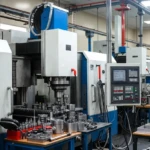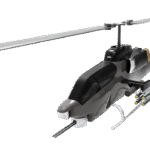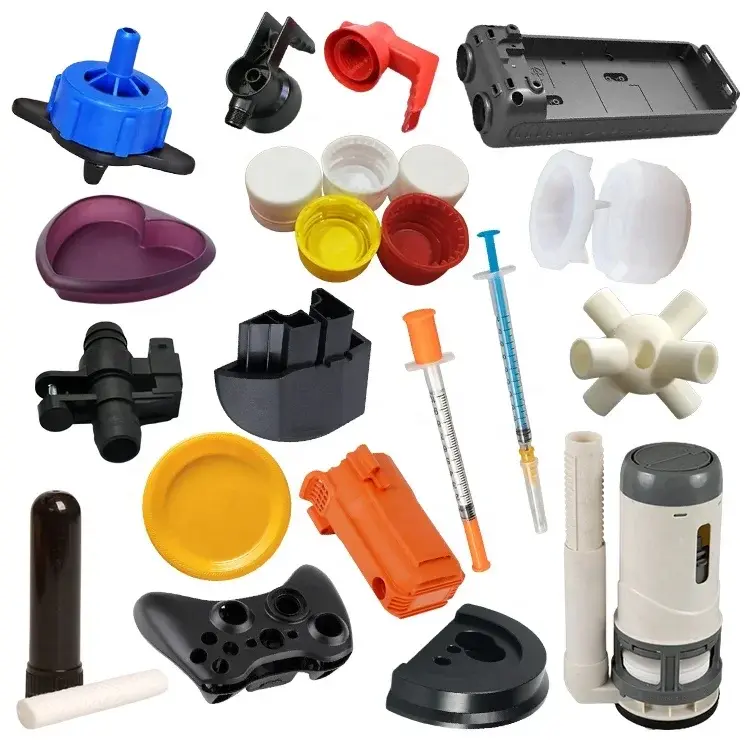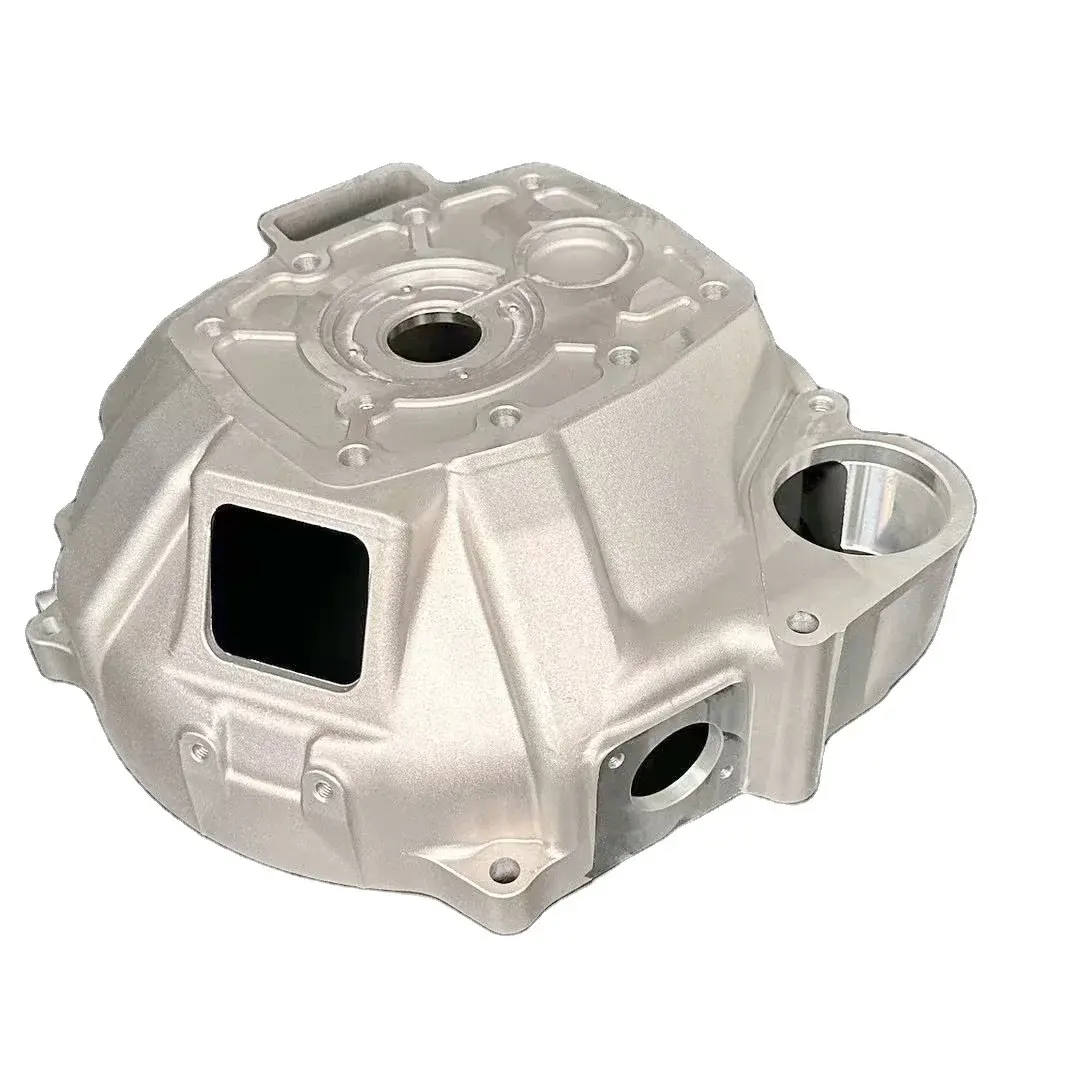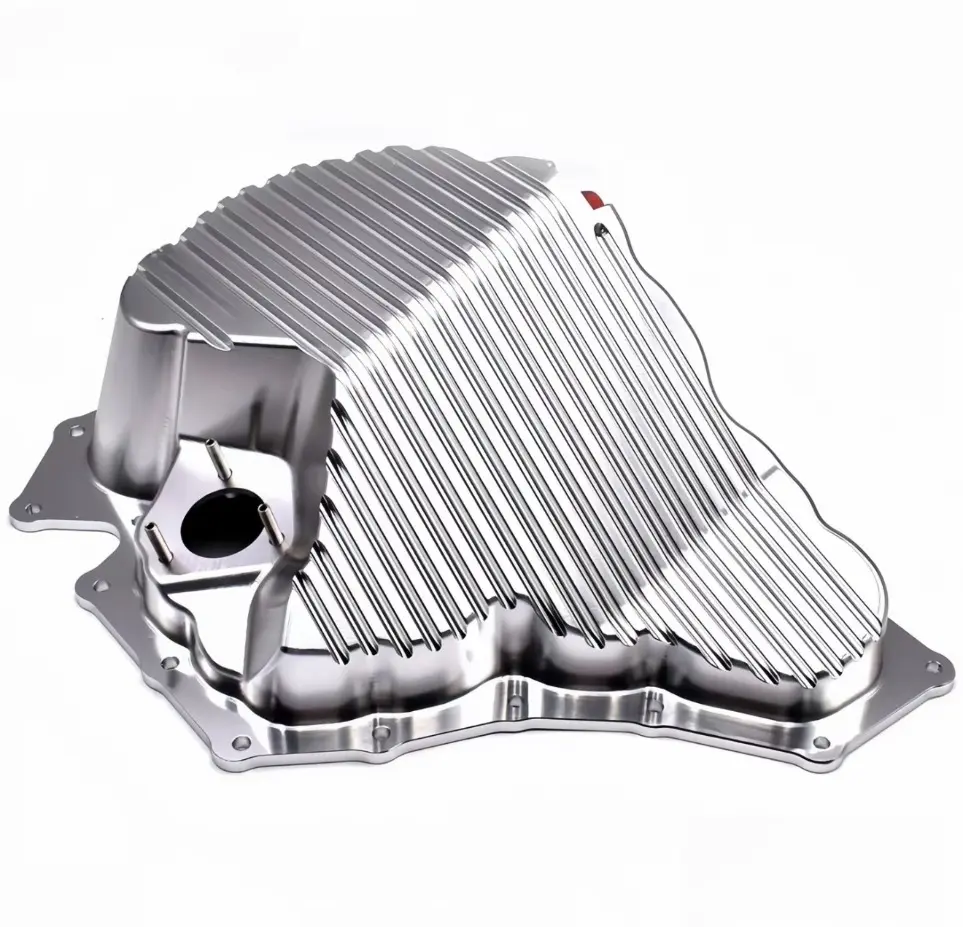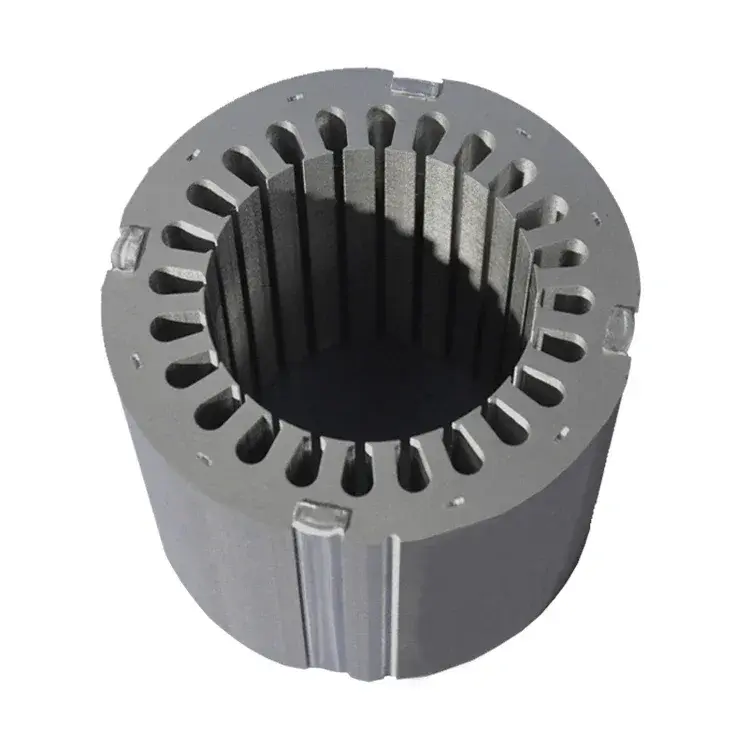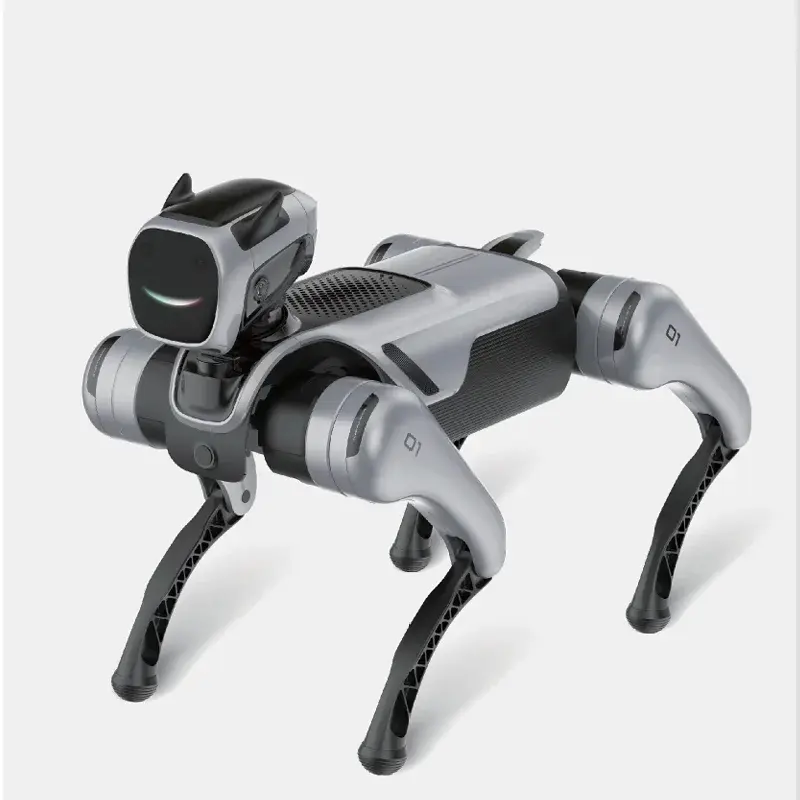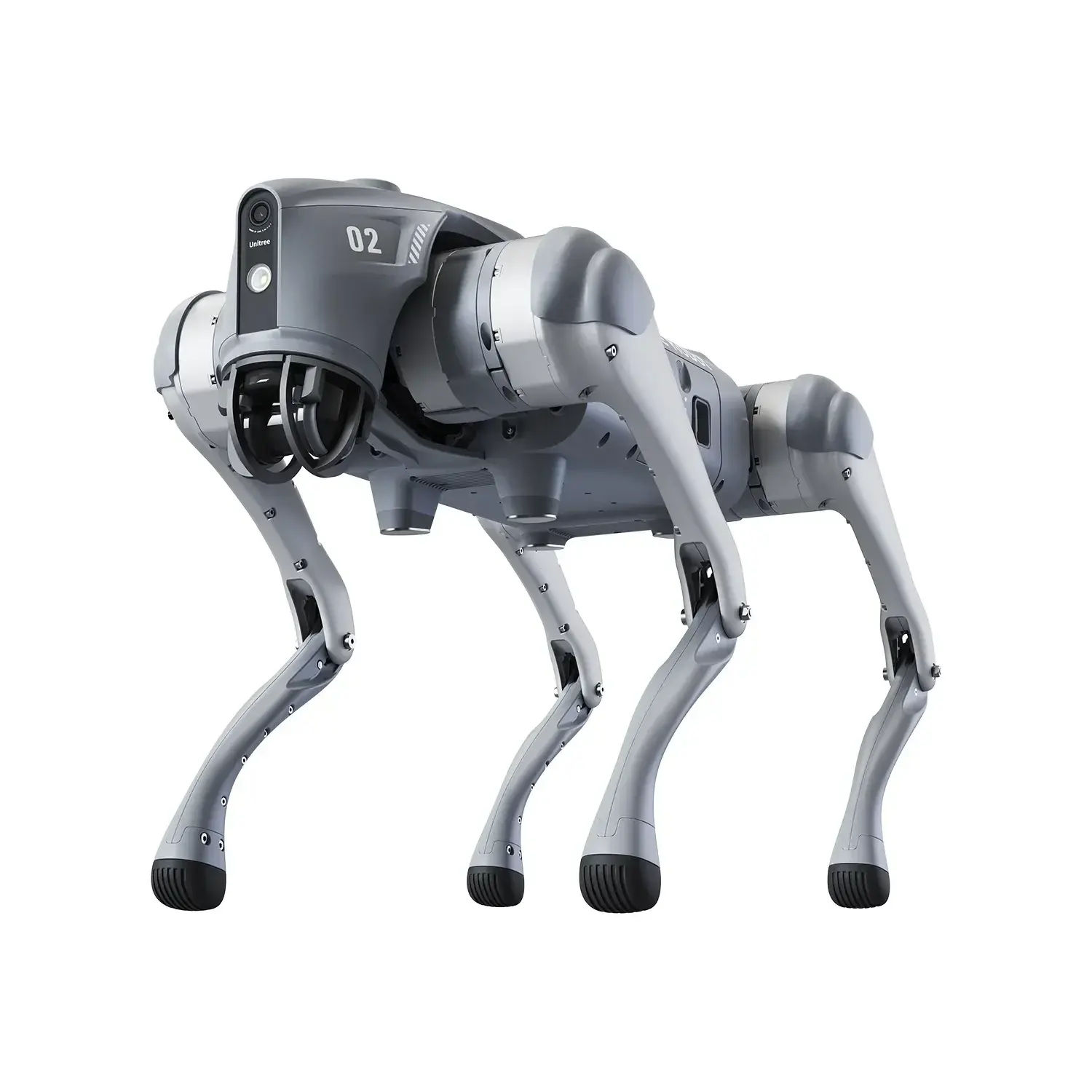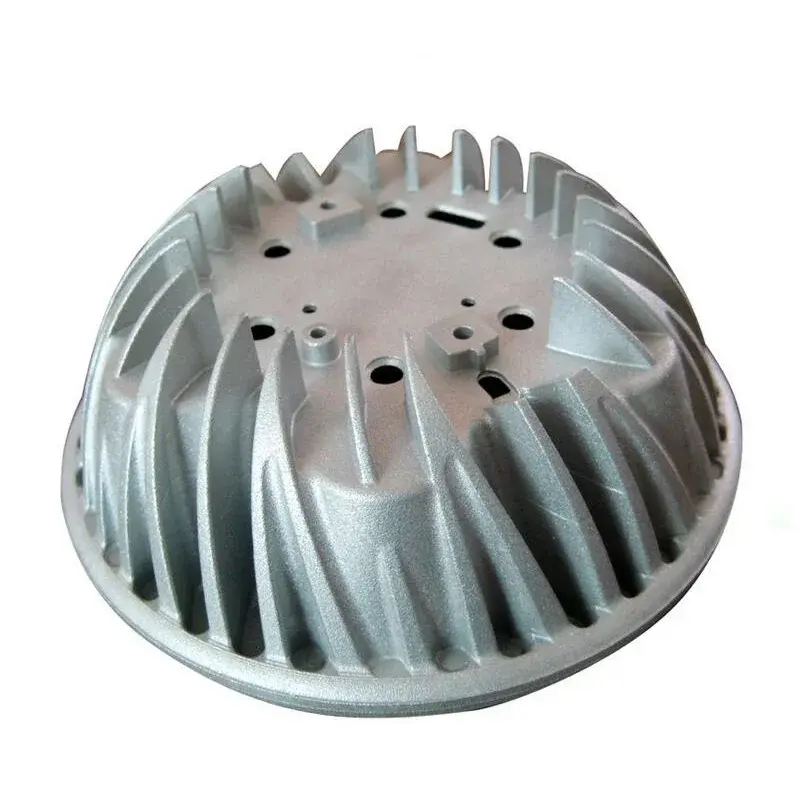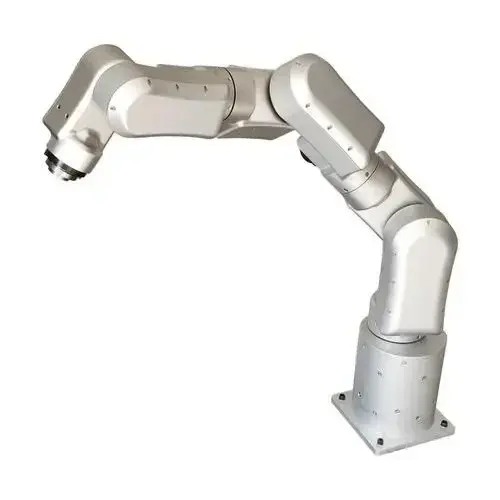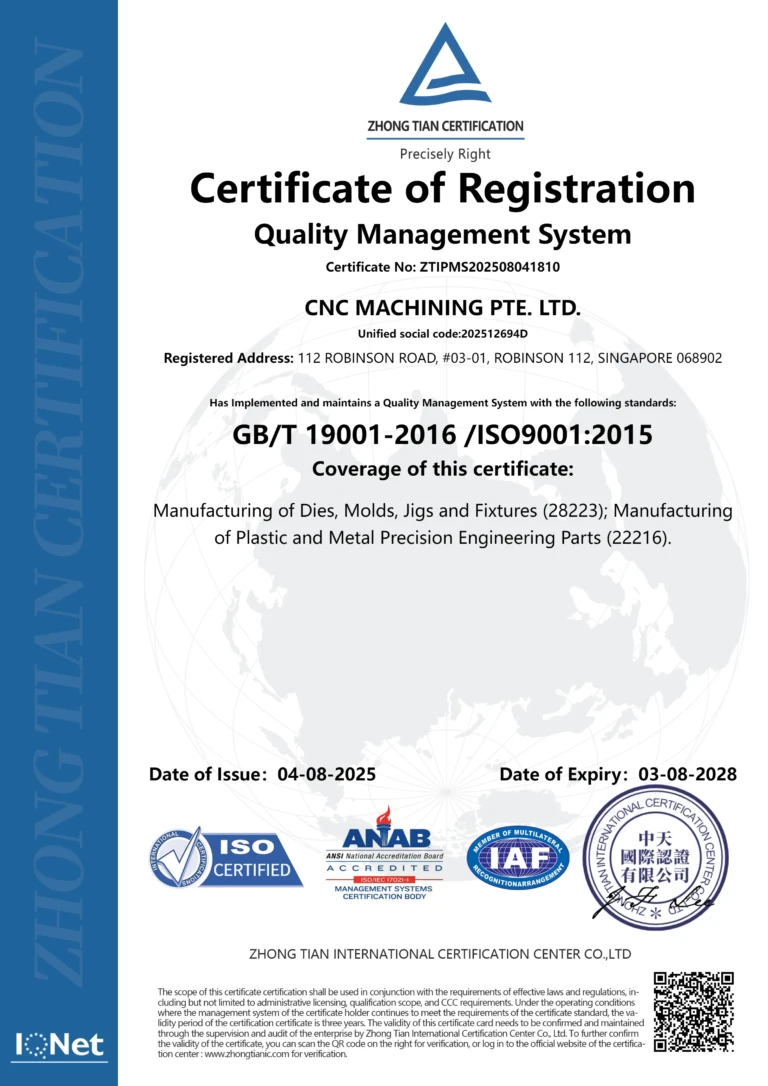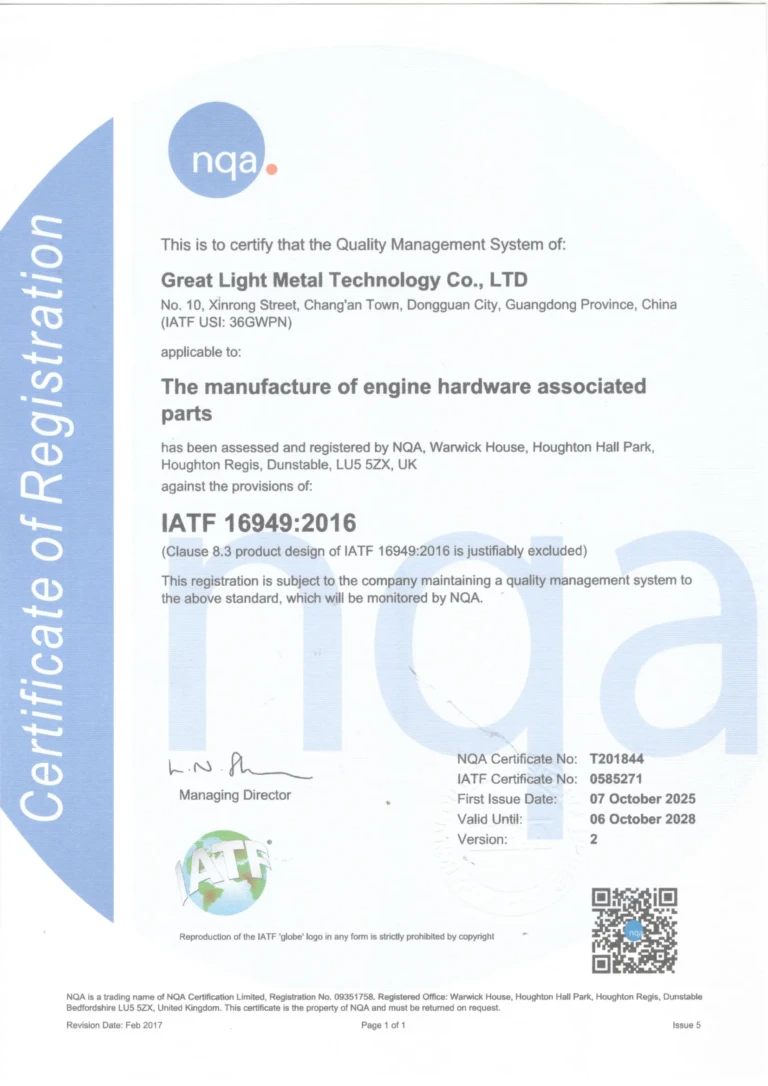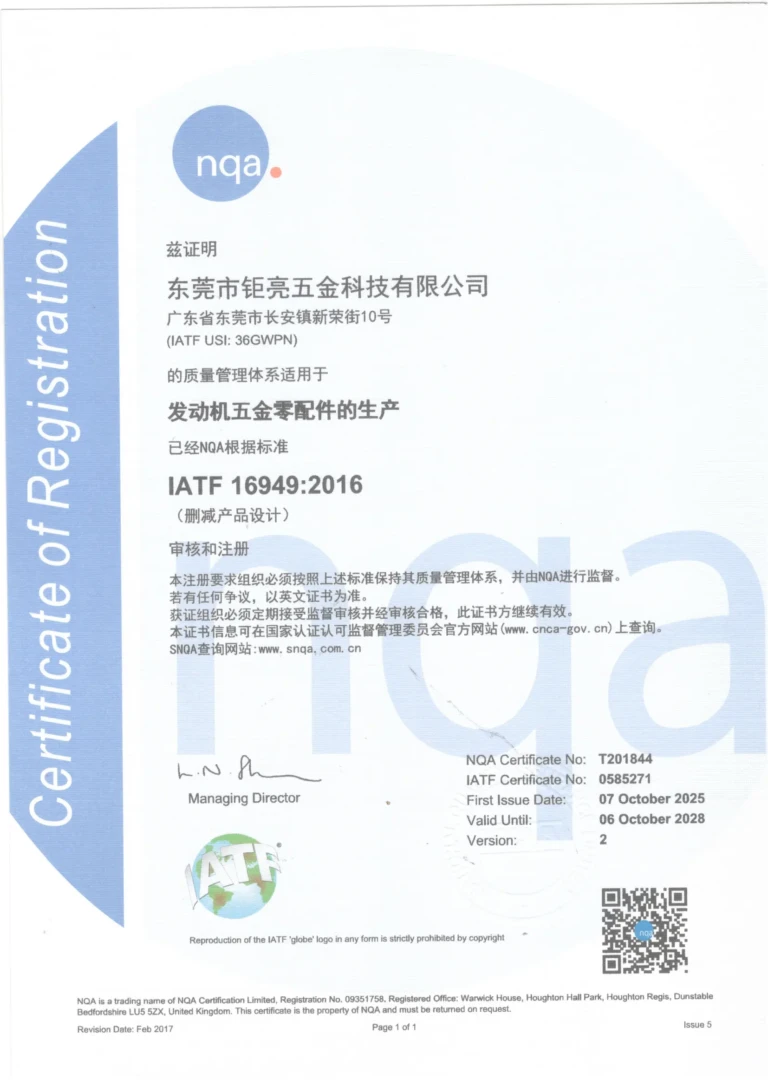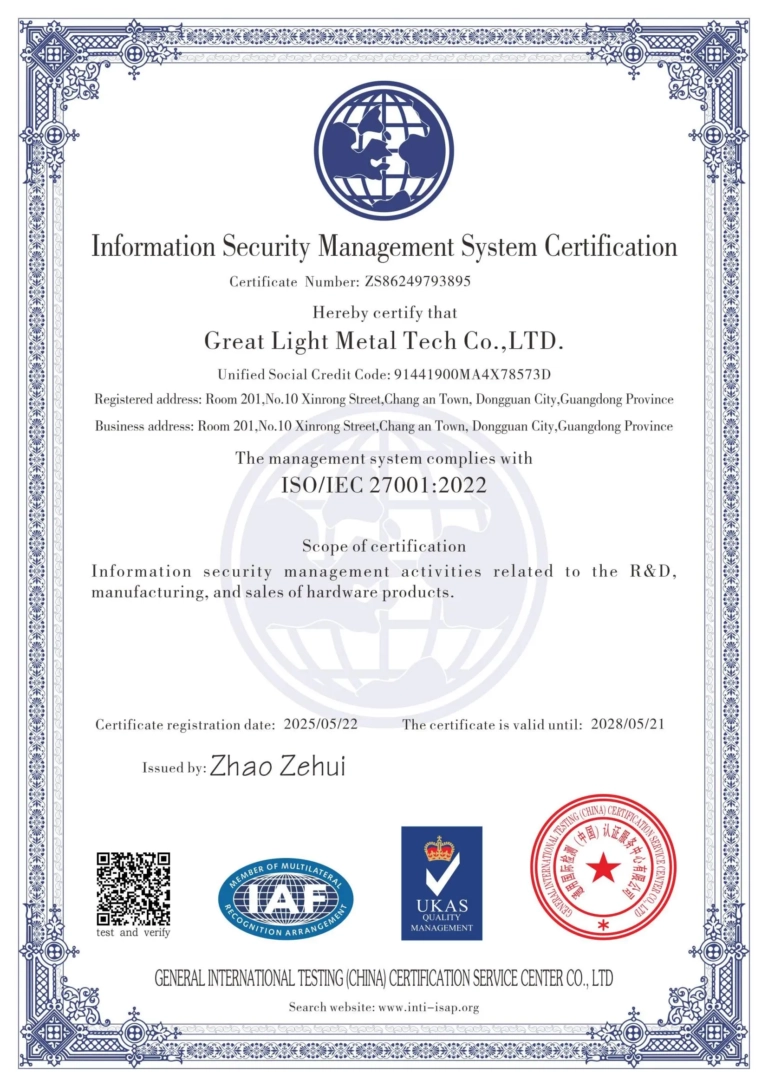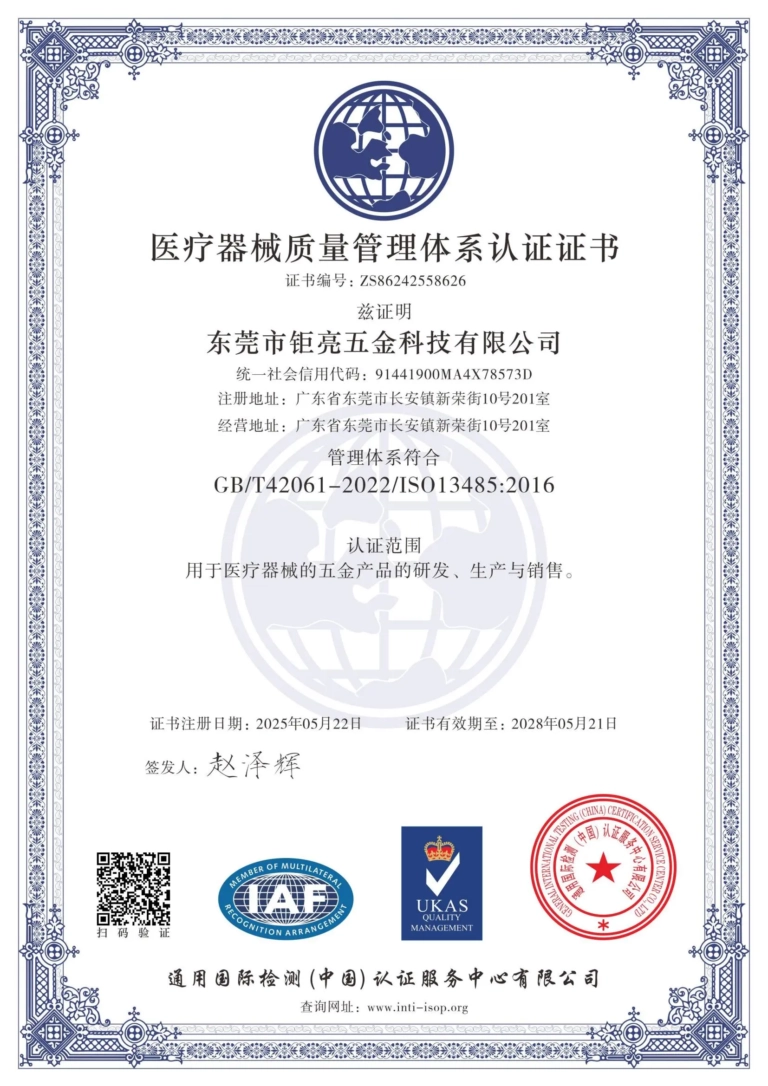The Power of CNC Systems: Unlocking Precision and Efficiency in Industrial Production
In today’s fast-paced industrial landscape, the need for precision and efficiency has never been more crucial. This is where Computer Numerical Control (CNC) systems come into play. A CNC system is a sophisticated control system that uses computer processing and programming to manage and optimize manufacturing processes, ensuring exceptional precision and efficiency.
In this blog post, we’ll delve into the impressive capabilities of CNC systems, exploring the various functions and benefits that make them an indispensable tool in industrial production.
Programming and Data Processing: The Backbone of CNC Systems
At the heart of CNC systems lies their programming and data processing capabilities. Users can write treatment programs using programming languages such as G-code and M-code, which are then analyzed and compiled by the system to generate instructions that machine tools can recognize. This powerful process enables precision control over the manufacturing process, allowing for accurate and efficient production.
Tool Management: The Key to Efficient Production
CNC systems also boast an advanced tool management function, allowing users to manage and select the most suitable tools for a particular task. This feature ensures that the correct tools are used, reducing the risk of errors and improving overall production efficiency.
Coordinate Systems: The Language of Precision
The CNC system’s coordinate system allows users to select the most appropriate coordinate system for their production needs, be it Cartesian, polar, or otherwise. This ensures precise positioning and calculation, resulting in high-quality products and minimized waste.
Movement Control: The Art of Accurate Movement
The CNC system’s movement control function enables precise movement of the machine tool, calculating the trajectory and speed of each axis in real-time. This permits extreme precision, high-speed production, and minimized production time.
Speed and Acceleration Control: The Dynamic Duo
The CNC system’s speed and acceleration control functions allow for real-time adjustment of movement speed and acceleration, ensuring optimal production efficiency and product quality.
Cutting Parameter Control: The Perfect Cut
The CNC system’s cutting parameter control function enables users to define and adjust cutting speed, power speed, and cutting depth according to specific production requirements. This results in precise cutting, optimized production, and minimized material waste.
Process Parameter Control: The Recipe for Success
The CNC system’s process control function enables definition and adjustment of process parameters such as cooling liquid, tool life, and processing allowance. This ensures optimal process conditions, resulting in high-quality products and reduced production time.
Troubleshooting and Alarms: The Safety Net
The CNC system’s diagnostic and alarm function keeps a watchful eye on equipment and process conditions, alerting users to potential issues and providing real-time diagnostic assistance.
Human-Computer Interaction: The Bridge Between Man and Machine
The CNC system’s human-computer interaction feature allows users to interface with the system via intuitive operating panels, touch screens, and other devices, facilitating seamless program entry, parameter definition, and process monitoring.
Network Communication: The Key to Remote Operation
The CNC system’s network communication function enables communication with other devices, such as computers and printers, and remote control, facilitating flexible production and remote monitoring.
Adaptive Control: The Intelligent Manufacturing Solution
The CNC system’s adaptive control function automatically adjusts control parameters in response to real-time process changes, ensuring optimal efficiency and product quality.
Multitasking: The Power of Multiprocessing
The CNC system’s multitasking feature allows for simultaneous processing of multiple tasks, streamlining production and improving overall efficiency.
Simulation and Optimization: The Key to Predictive Maintenance
The CNC system’s simulation and optimization functions enable predictive maintenance, simulation of production processes, and optimization of production parameters, reducing downtime, and improving product quality.
Automatic Learning and AI: The Future of CNC Systems
As technology continues to advance, CNC systems are incorporating automatic learning and artificial intelligence techniques, allowing for intelligent prediction, diagnosis, and repair of equipment, as well as autonomous decision-making.
In conclusion, CNC systems have revolutionized industrial production, enabling precision, efficiency, and high-quality products. With their diverse range of functions, from programming and data processing to adaptive control and simulation, CNC systems have become an essential tool for modern manufacturers. As technology continues to evolve, the potential for CNC systems to further transform industries is limitless, promising a brighter future for industries worldwide.



